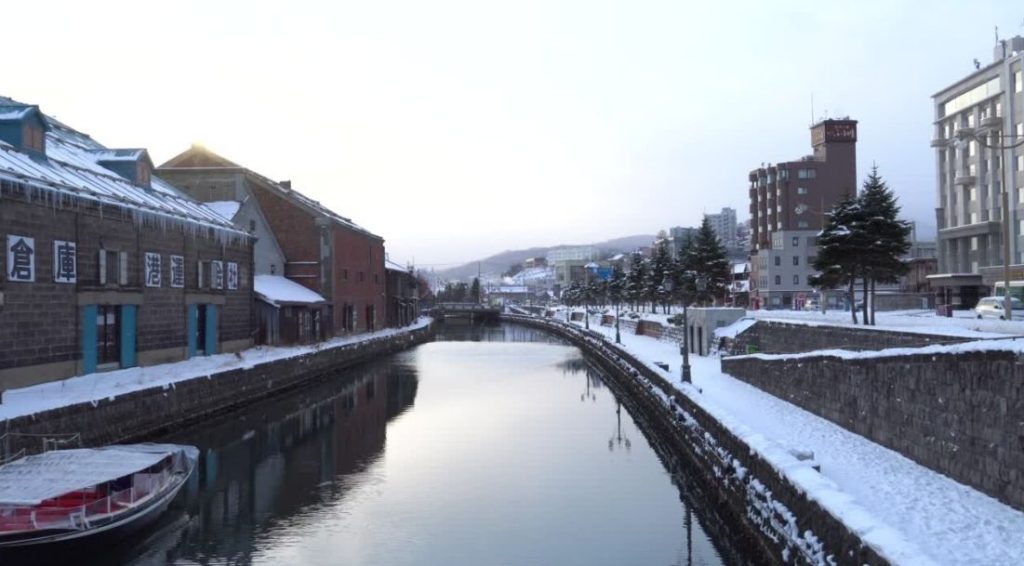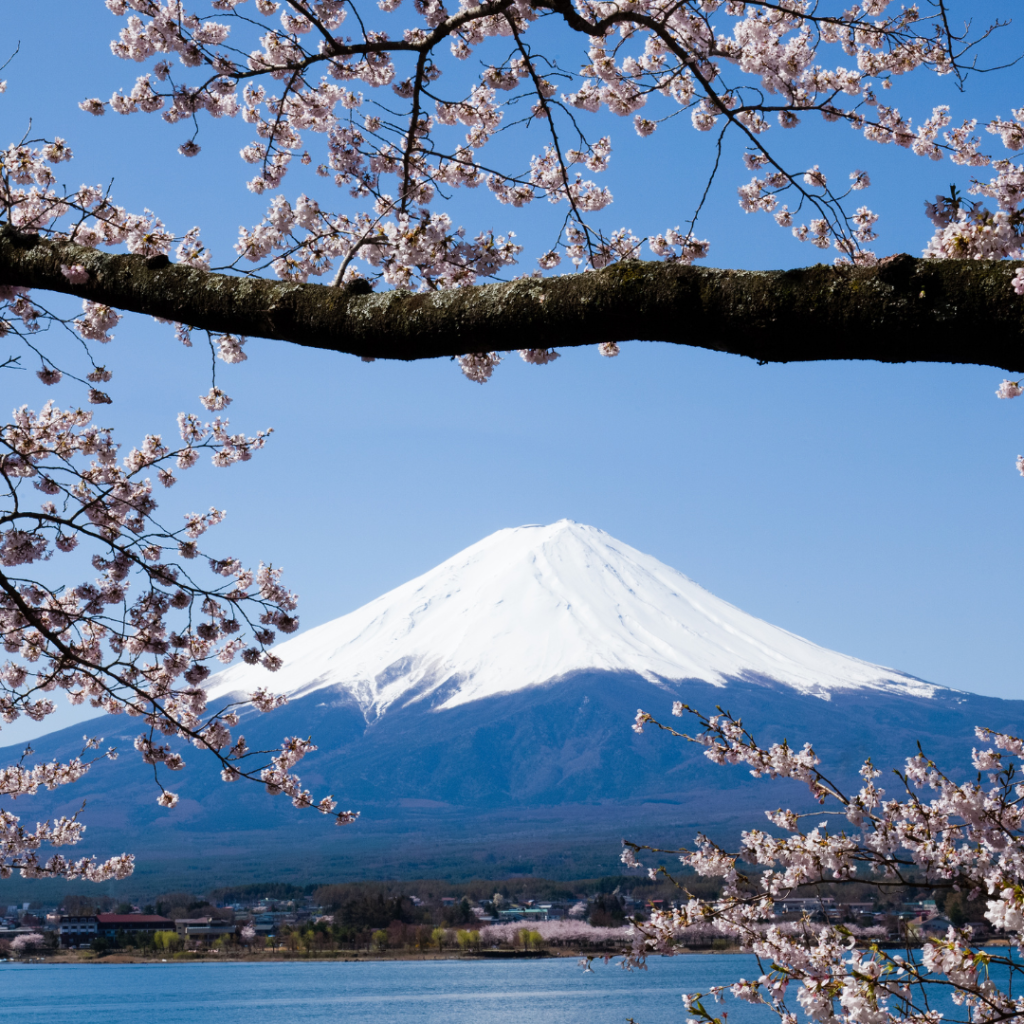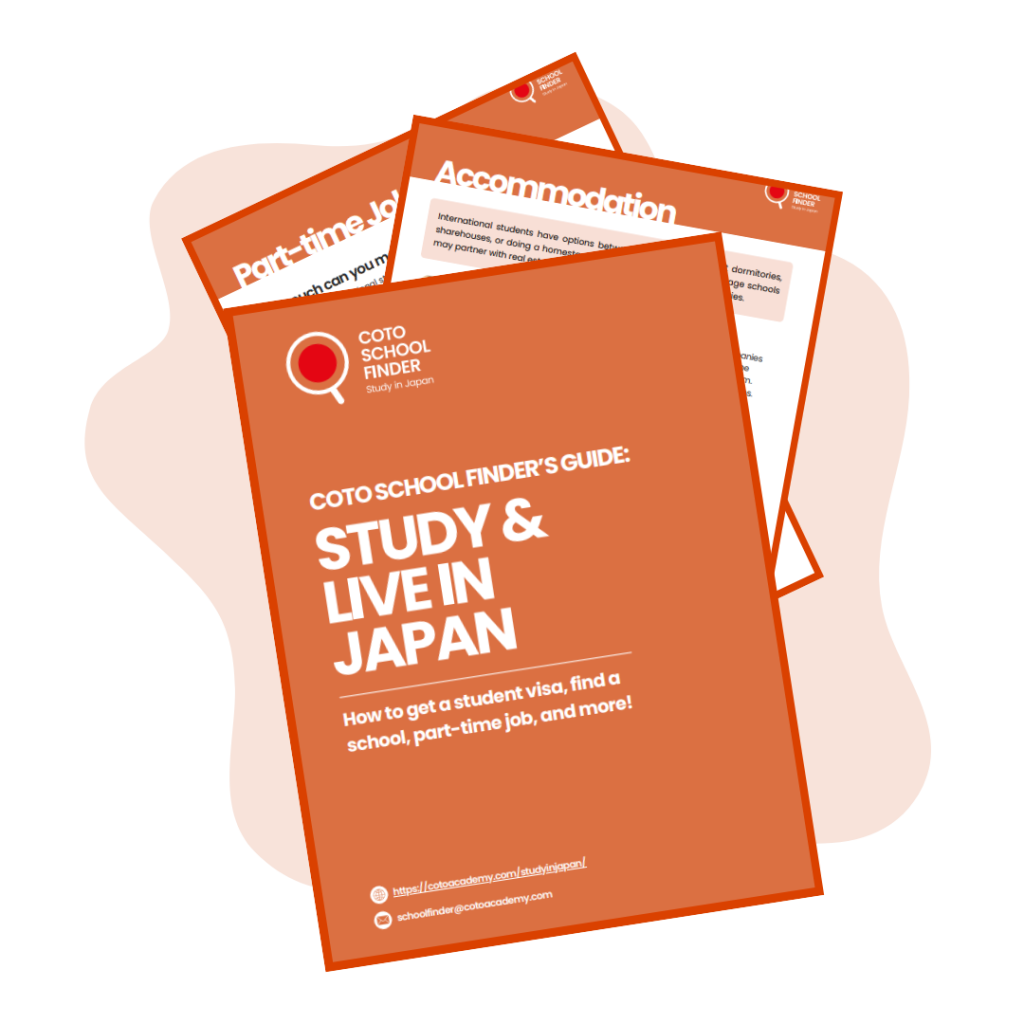
Hokkaido (北海道) is Japan’s northernmost, least-crowded prefecture. The expansive area is revered for its cold climate and extensive wildlife, much of which is undisturbed. Because of its vastness, the region is split into 15 subprefectures, with its capital, Sapporo (札幌), belonging to the Ishikawa Subprefecture.
Sapporo became internationally recognized after hosting the Olympic Winter Games in 1972. Nowadays, however, it is more notorious for its world-class ski resorts, Yuki Matsuri (snow festivals) and Sapporo Beer.
From riding a banana boat in the snow to visiting Sapporo’s iconic chocolate theme park, there are a lot of activities to unpack in Hokkaido to experience the full breadth of winter in Japan.

The Best Time to Visit Hokkaido
Depending on your holiday agenda, you may want to visit Hokkaido at different times of the year.
Generally, winter (December to February) is the best time for you to visit Hokkaido if you’re looking to enjoy outdoor, slightly more adrenaline-packed activities: skiing, snowboarding and other winter sports. This is because, being the coldest months of the year, Hokkaido will retain most of its snow.
The annual snow festival in Sapporo is also in a seven-day period in February, when the temperature is low enough for the ice to remain frozen in the parks. Other winter festivals in Hokkaido are huge among locals and tourists, too.
However, this popularity and snow-related attractions also mean winter in Hokkaido is met with price surges and crowds. If you want to avoid peak season, bumped-up hotel prices and soaring flight tickets, opt for the quieter season instead.
March to June and September to October are generally off-peak seasons. Granted, there’s not as much snow to see as during winter, but if you can look past that, you’ll find that spring and autumn in Hokkaido are severely underrated. The blooming spring flowers and momiji (changing of autumn leaves) make for spectacular sightseeing.
While seemingly counter-intuitive, summer is another favorite season in Hokkaido. The temperature goes around 20 degrees Celsius, making it a cool and comfortable spot for people to soak in the sun without feeling like they’re inside a toaster oven. The number of festivals and outdoor activities to do over summer makes it perfect for those who want to enjoy summer activities without the heat.
Sapporo City (札幌市)
If we take the town of Furano as Hokkaido’s center, then Sapporo City lies around 120km to the West. The city started to dramatically develop after 1868, when the government decided that Hokkaido’s existing administrative centre, Hakodate, couldn’t accommodate the future needs of the island.
As the capital city of Hokkaido Prefecture, Sapporo ticks all the things for sightseeing, delicious food, and shopping centers. Head to Odori Park to see the iconic Sapporo TV Tower up close. After that, head to SUAGE+, one of the famous chain restaurants that serve Hokkaido’s famous curry soup, which is a lighter curry broth served with ample vegetables and protein.
Odori Park and Moerenuma Park
Two of Sapporo’s most popular parks are Odori (大通公園), and Moerenuma (モエレ沼公園). Odori Park is located in the heart of the city and stretches across twelve blocks, making it an easy green escape for the city’s residents and employees. It is open throughout the year and turns into a beer garden for the Sapporo Summer Festival (札幌夏祭).
Moerenuma Park lies on the northern outskirts of the city. Its contemporary design is thanks to Japanese-American sculptor, Isamu Noguchi. One of its key features is an eccentric glass pyramid building called Hidamari.

Sapporo Beer Museum
Sapporo is Japan’s fifth-largest city and the birthplace of Japan’s oldest beer brand, Sapporo Brewery. Sapporo Beer Museum is a go-to spot for beer enthusiasts.
Sapporo Beer Museum (サッポロビール博物館) is open most days of the year and offers both free and paid tours. If you fancy staying a bit longer, there are also beer halls that offer 飲み放題 (all you can drink), and restaurants to ensure that you drink beer the right way – with food.
Sapporo Snow Festival
There are numerous snow festivals between January and April throughout Hokkaido, but the two million annual visitors to Sapporo’s Yuki Matsuri indicate that this is the prefecture’s most celebrated. Dozens of fantastical ice structures – some of which stand at almost 30 meters high – make this festival like no other. The main site for Sapporo’s Yuki Matsuri is Odori Park.

Explore Otaru
An hour away from Sapporo, Otaru is a small harbor city known for its canal area, called the Otaru Canal, and old warehouses resting by the bay. In February, the city is decorated with lights and small snow statues lined across the canal, making the scenery almost magical. Known as the Otaru Snow Light Path, this snow festival only lasts for 10 days.
The Otaru Music Box Museum, however, is open year-long and has become both a popular sightseeing attraction and shopping spot in Otaru. It’s Japan’s largest music box store, with around 80,000 music boxes stored. You can buy a customized music box, which is generally affordable or buy a handmade music box that goes u to 50,000 JPY.

Kaisendon at Otaru Fish Market
Being a port city, Otaru is also known for its high-quality, fresh seafood. While Japan is already known for its kaisendon (rice bowl dish topped with seafood), the ones at Otaru are harvested straight from the coastal waters. Head to the Sankaku Market, a stone’s throw away from the Otaru Station. It’s a small fresh market with lots of seafood stalls and restaurants, most of which are selling seafood donburi with a great price and generous sushi toppings: salmon, sea urchin, mantis shrimp, salmon roe and crabs.
We recommend Kita no Donburiya Takinami Shokudo (滝波食堂). Although a small, narrow shop, expect a long line of eager diners ready to try their seafood rice bowl.

Shiroi Koibito Park
A must-buy souvenir after your Hokkaido Trip, the Japanese chocolate company Ishiya opened its theme park, Shiroi Koibito. You can enter the place free of charge to shop their chocolates and flagship product, the Shiroi Koibito cookie, which consists of a layer of white (or milk) chocolate sandwiched between two thin, crispy butter cookies.
You can also pay for their attractions and workshops. Buying a general admission will get you a “map”, where you can explore the miniature town called Gulliver Town, study the fascinating history of chocolate through live projections and try out different cacao beans.
If you come at the right time, you’ll be able to observe live cookie productions in the factory.
Ski Resort in Niseko
If you prefer snow to ice, then descending down the powdery snow in one of Hokkaido’s top ski resorts seems 100% necessary. Hokkaido is Japan’s skiing and snowboarding heaven. Insatiable slope-lovers can feed their snow-related appetites with scenic routes and off-trail skiing at Niseko (ニセコ) – Japan’s most renowned ski resort

Hokkaido Ramen at Sapporo’s Ramen Alley
Besides being known for its beer, Sapporo is also the birthplace of miso ramen, a branch of ramen with miso-based broth, corn and butter. Although you can probably find a lot of ramen stands around Hokkaido, nothing transports you back to the history of miso ramen like the Ramen Alley, also known as Ganso Sapporo Ramen Yokocho. It’s a small, narrow alley that lines 17 ramen restaurants, going way back to 1948.
You’ll find all the stores packed with regulars and tourists alike, with a long line of waiting for patrons during lunch hours.
National Parks
With six national parks, five quasi-national parks and 12 prefectural national parks totaling around 147,000 hectares (more than any other prefecture), it’s no wonder that Hokkaido is a favorite amongst nature addicts.
Located roughly in the center of Hokkaido is Daisetsuzan (大雪山), Japan’s largest national park. Spanning around 2,270 square kilometers, it’s a similar size to Kanagawa Prefecture. Unlike Kanagawa though, the region is mostly mountainous consisting of 16 peaks from three volcanic mountain groups. Essentially this means two things, onsen and panoramic views!
Shiretoko National Park (知床国立公園) is another popular place to experience nature at its finest. It sits on the Shiretoko Peninsula in eastern Hokkaido and is often said to be one of Japan’s most stunning parks. Some of its areas are so remote that they are only accessible by boat or foot!
Drift Ice
There is plenty to experience in Hokkaido throughout the year, but this prefecture is really in its element during the snowy season. Winter sports, snow festivals and drift ice tours are just a few of the ways that Hokkaido will win you over.
Drift ice is a common phenomenon observed on the northern coasts of Hokkaido along the Sea of Okhotsk. You can experience the beauty of this through a sightseeing boat from Abashiri (網走) or an ice walking tour from Shiretoko.
Besides being known for its beautiful snow landscape, Hokkaido is another exceptional destination for foreigners who are looking to study in Japan. Around 4,000 students are enrolled in its private and public universities. Match with the right language school with us.





